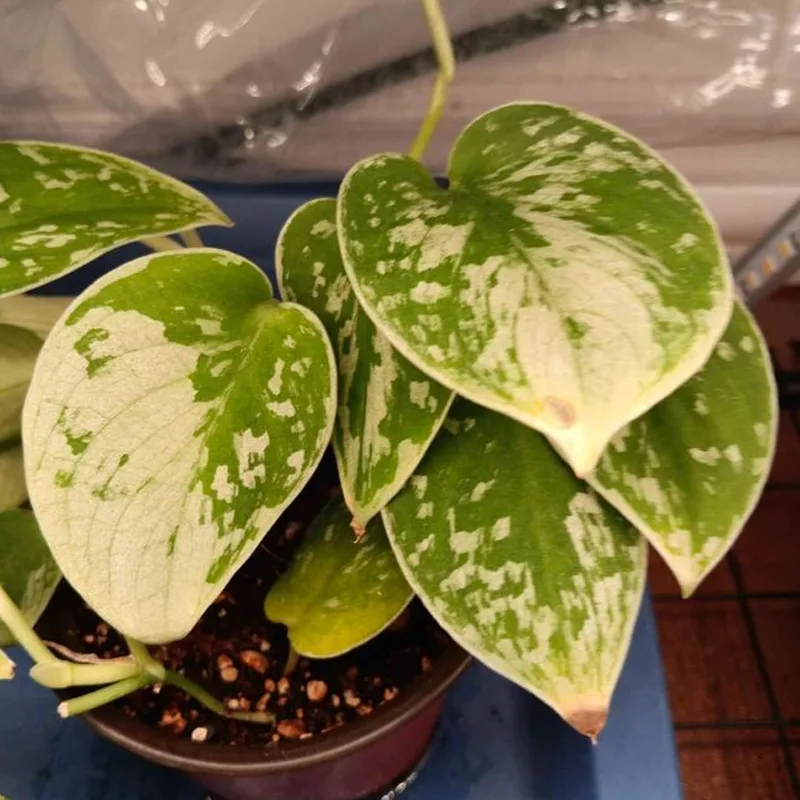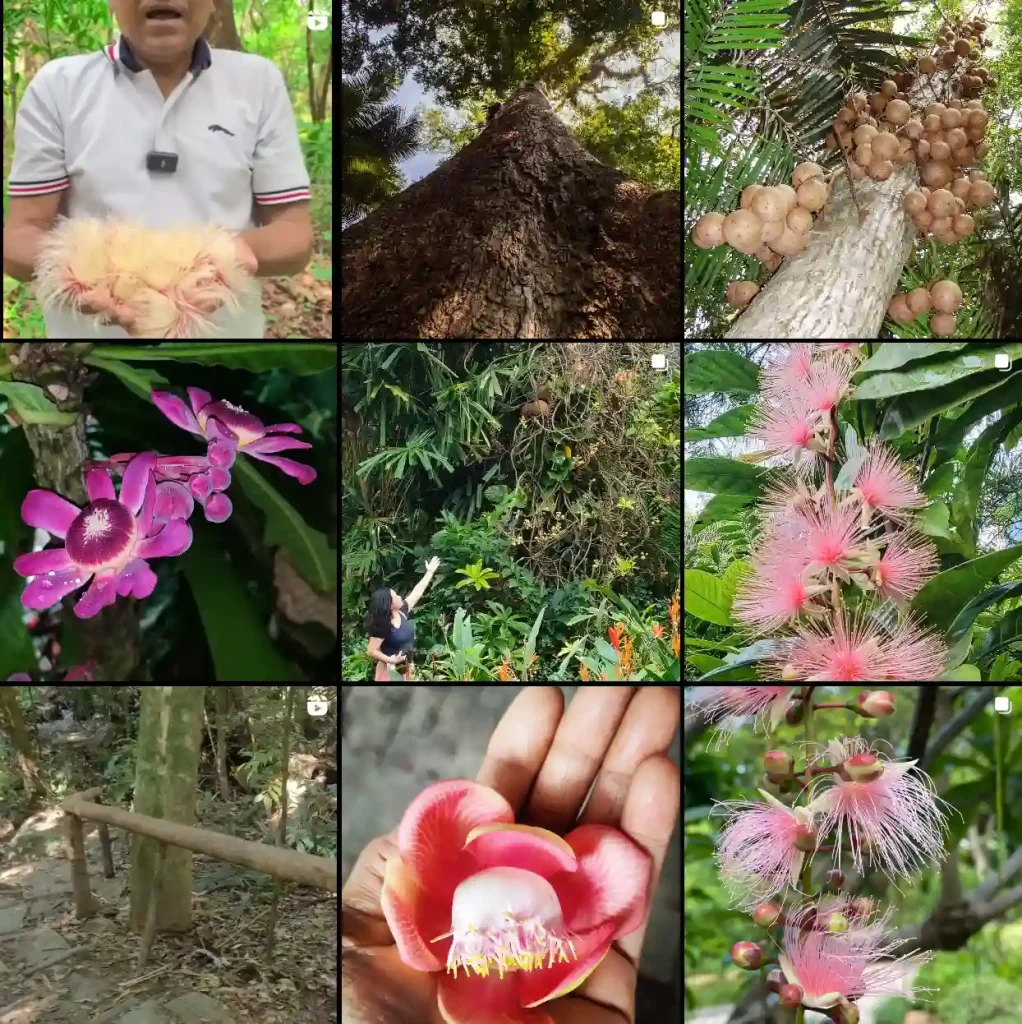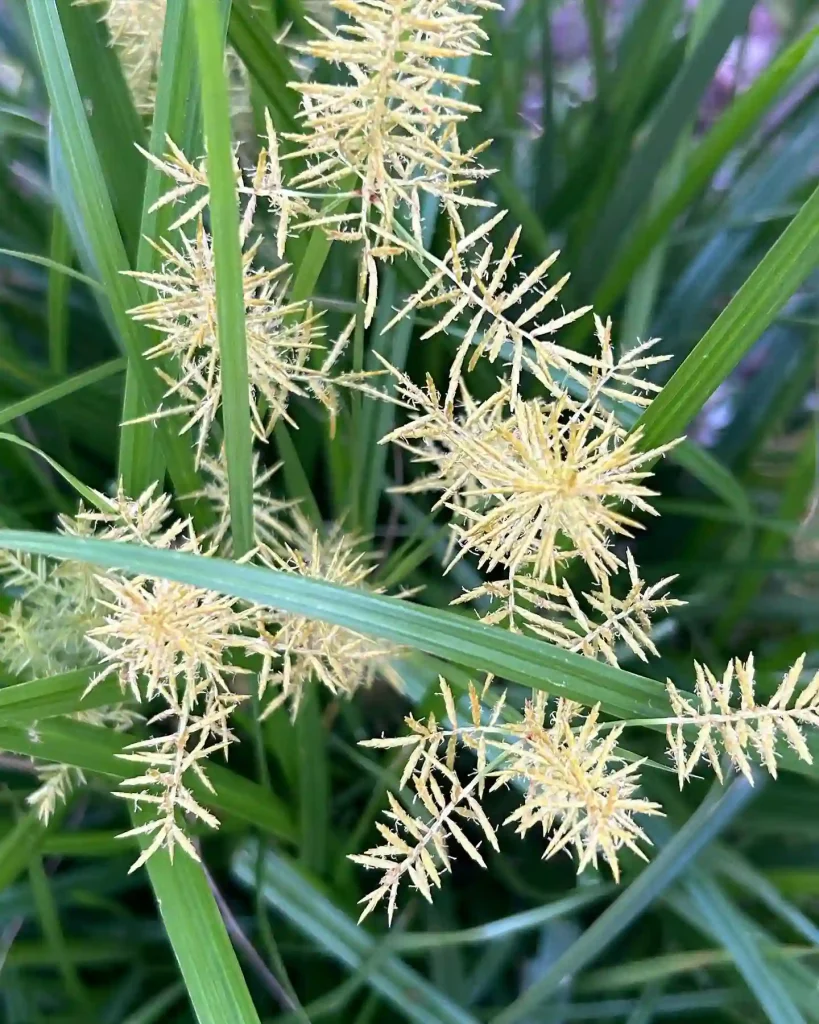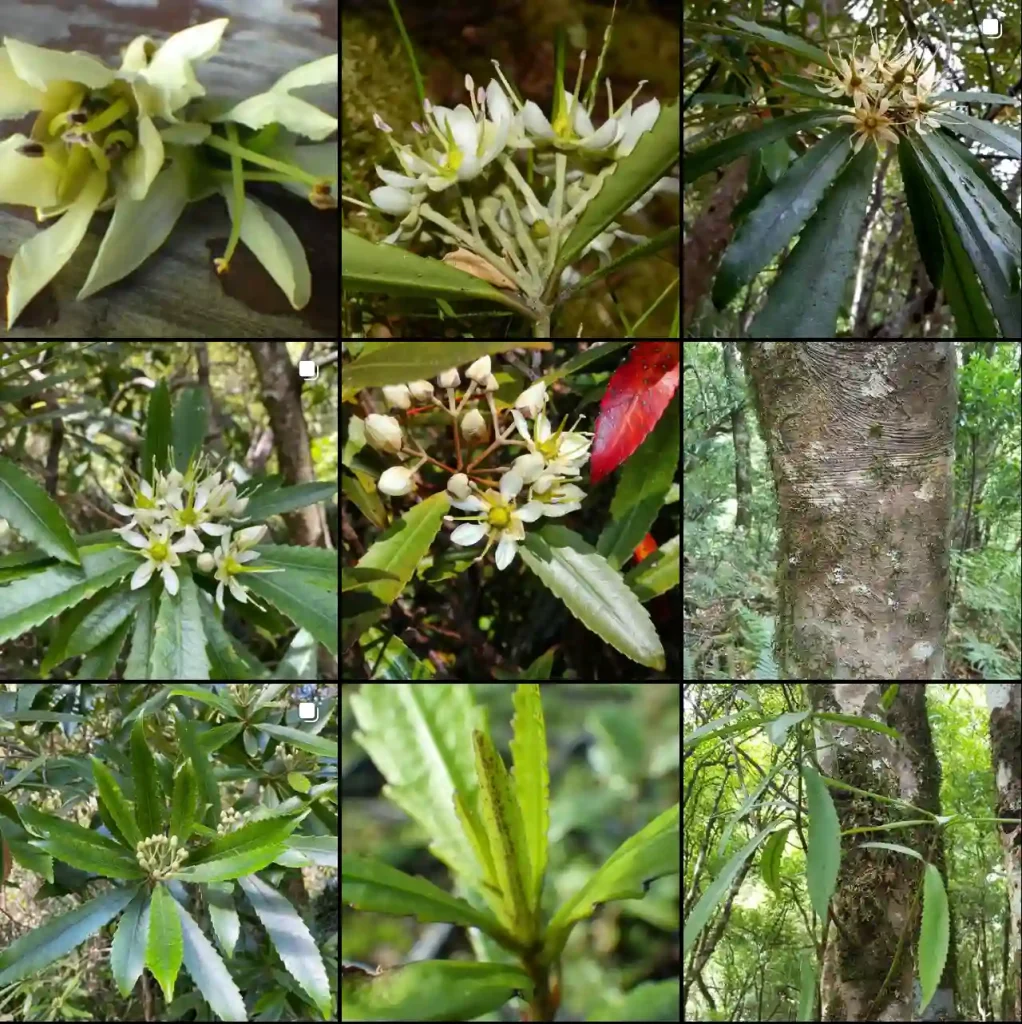My Fascination with the Neptunia Genus
As a botanist, I’ve always been drawn to the unique and intriguing world of plants. One genus that has particularly captivated my attention is Neptunia, a group of fascinating legumes with a unique characteristic – their leaves mimic the sensitive plant (Mimosa pudica) by folding when touched. This captivating display, coupled with their diverse habitats and growth forms, makes them a joy to study.
Understanding the Neptunia Genus
The Neptunia genus belongs to the Fabaceae family, commonly known as the legume, pea, or bean family. It’s placed within the Mimosoideae subfamily, which explains the shared “sensitive” trait with Mimosa pudica. The name Neptunia is a nod to the Roman god of the sea, Neptune, likely referencing the aquatic or semi-aquatic nature of some species.
These plants are typically herbaceous perennials, though some can be annuals or even small shrubs. They’re characterized by their bipinnate leaves, meaning the leaves are divided twice, forming a feathery appearance. The flowers are small and clustered in globular heads, often yellow or white in color. Like many legumes, Neptunia species play a vital role in nitrogen fixation, enriching the soil and supporting surrounding plant life.
Diving into the Diversity of Neptunia
The Neptunia genus boasts a diverse range of species, each with its own unique characteristics and distribution. Here are:
- Neptunia oleracea: This species, commonly known as water mimosa, is perhaps the most well-known. It’s an aquatic plant with floating stems and is cultivated in Southeast Asia as a food source. The young leaves and shoots have a delicate flavor and are often used in salads or stir-fries.
- Neptunia lutea: Also known as yellow puff, this North American species is a common sight in prairies and open woodlands. It features bright yellow flower heads and is an important food source for pollinators.
- Neptunia plena: This species stands out with its unique flower structure. Unlike other Neptunia species with mostly male flowers and a few sterile flowers, N. plena has predominantly sterile flowers, giving the flower head a fuller, more pom-pom-like appearance.
- Neptunia amplexicaulis: This Australian native is easily recognizable by its distinctive leaves which clasp the stem, giving it the name “amplexicaulis,” meaning “stem-embracing.”
- Neptunia dimorphantha Domin
- Neptunia gracilis Benth.
- Neptunia heliophila A.R.Bean
- Neptunia hispida A.R.Bean
- Neptunia insignis A.R.Bean
- Neptunia javanica Miq.
- Neptunia longipila A.R.Bean
- Neptunia major (Benth.) Windler
- Neptunia microcarpa Rose
- Neptunia monosperma F.Muell. ex Benth.
- Neptunia paucijuga A.R.Bean
- Neptunia proxima A.R.Bean
- Neptunia pubescens Benth.
- Neptunia scutata A.R.Bean
- Neptunia tactilis A.R.Bean
- Neptunia valida A.R.Bean
- Neptunia windleriana Santos-Silva & Mansano
- Neptunia xanthonema A.R.Bean
The Sensitive Nature of Neptunia
One of the most fascinating aspects of the Neptunia genus is the ability of their leaves to move in response to touch. This phenomenon, known as thigmonasty, is also seen in the more famous Mimosa pudica. While the exact mechanism is still being studied, it’s thought to involve changes in turgor pressure within specific cells at the base of the leaves and leaflets. When touched, these cells rapidly lose water, causing the leaves to fold inwards.
This rapid movement is thought to be a defense mechanism, potentially startling herbivores or making the plant appear less appealing. It’s a remarkable adaptation that highlights the complex and dynamic nature of plant life.
The Importance of Neptunia
Beyond their captivating movements and aesthetic appeal, Neptunia species play a crucial role in their respective ecosystems. As legumes, they have a symbiotic relationship with nitrogen-fixing bacteria in their roots. These bacteria convert atmospheric nitrogen into a form usable by plants, enriching the soil and benefiting surrounding vegetation.
Furthermore, Neptunia species serve as a food source for various insects and animals. Their flowers attract pollinators, while their leaves and seeds provide sustenance for herbivores. In some cultures, certain Neptunia species are even utilized as a food source for humans, as mentioned earlier with Neptunia oleracea.
My Continued Exploration
My journey with the Neptunia genus is far from over. I am eager to delve deeper into their unique adaptations, ecological roles, and potential applications. Their sensitive nature, combined with their ecological importance and potential culinary uses, makes them a truly remarkable group of plants. I believe that further research into this fascinating genus will undoubtedly yield valuable insights into the wonders of the plant kingdom.
If i die, water my plants!



